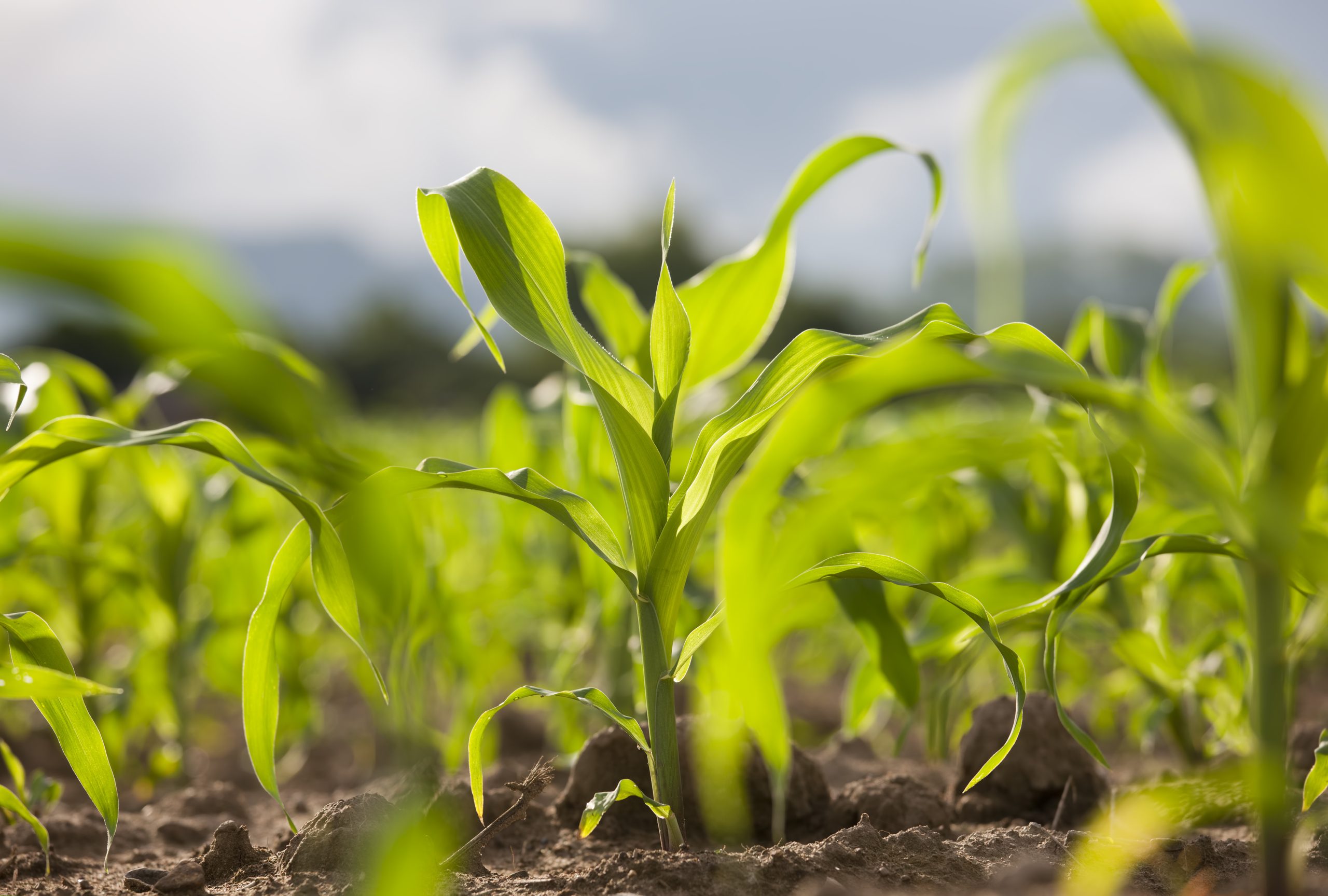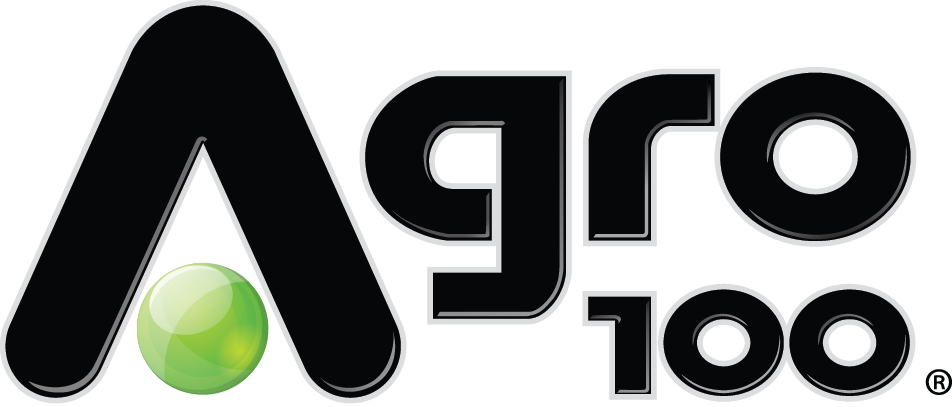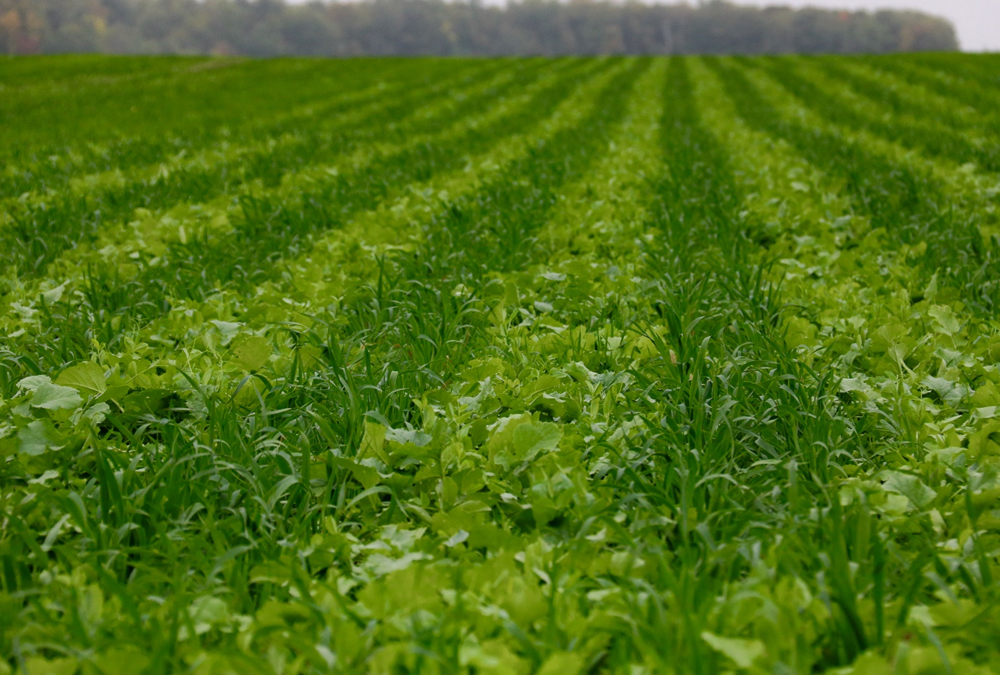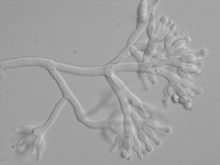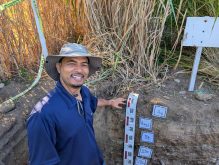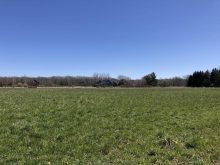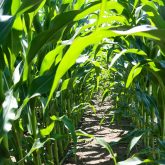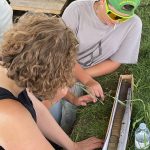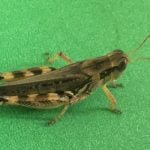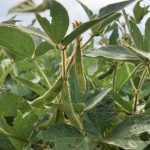There’s no one system for improving soil health and that was on display during a recent Ontario Soil Health Network tour across the province.
The tour visited more than 20 farms, from Kingsville to Douglas, arriving at the farms of the members of the first cohort of the Ontario Soil Network over four days.
Farmtario tagged along for the second day, when the tour ran from Mapleton, in Wellington County to Paisley in Bruce County.
Why it matters: There are many ways farmers are working to improve soil health, and there is increased opportunity for farmers to share what they have learned.
At the Luymes farm, brothers Rob and Mark Luymes showed some of the steps they are taking to improve soil health on their own acres. They also do significant custom work, and their equipment sees 6,000 to 7,000 acres each year.

Their customers are not yet as committed to cover crops and reduced or no tillage as they are, as many of them still like to do what Mark called “recreational tillage,” because they have the equipment. The Luymeses will arrive to plant, spray or combine. However, the farmers for whom they do most of the field work are becoming more interested in less tillage, as it means fewer passes over the field and less cost.
They are working through strip tillage units and are currently using a Montag unit with discs instead of tines, as they aim only to work the top of the soil and avoid bringing stones to the surface.
They are also working with biostrips, planting cover crops in strips to mimic tillage in the areas 30-inches apart where corn will be planted.
Read Also
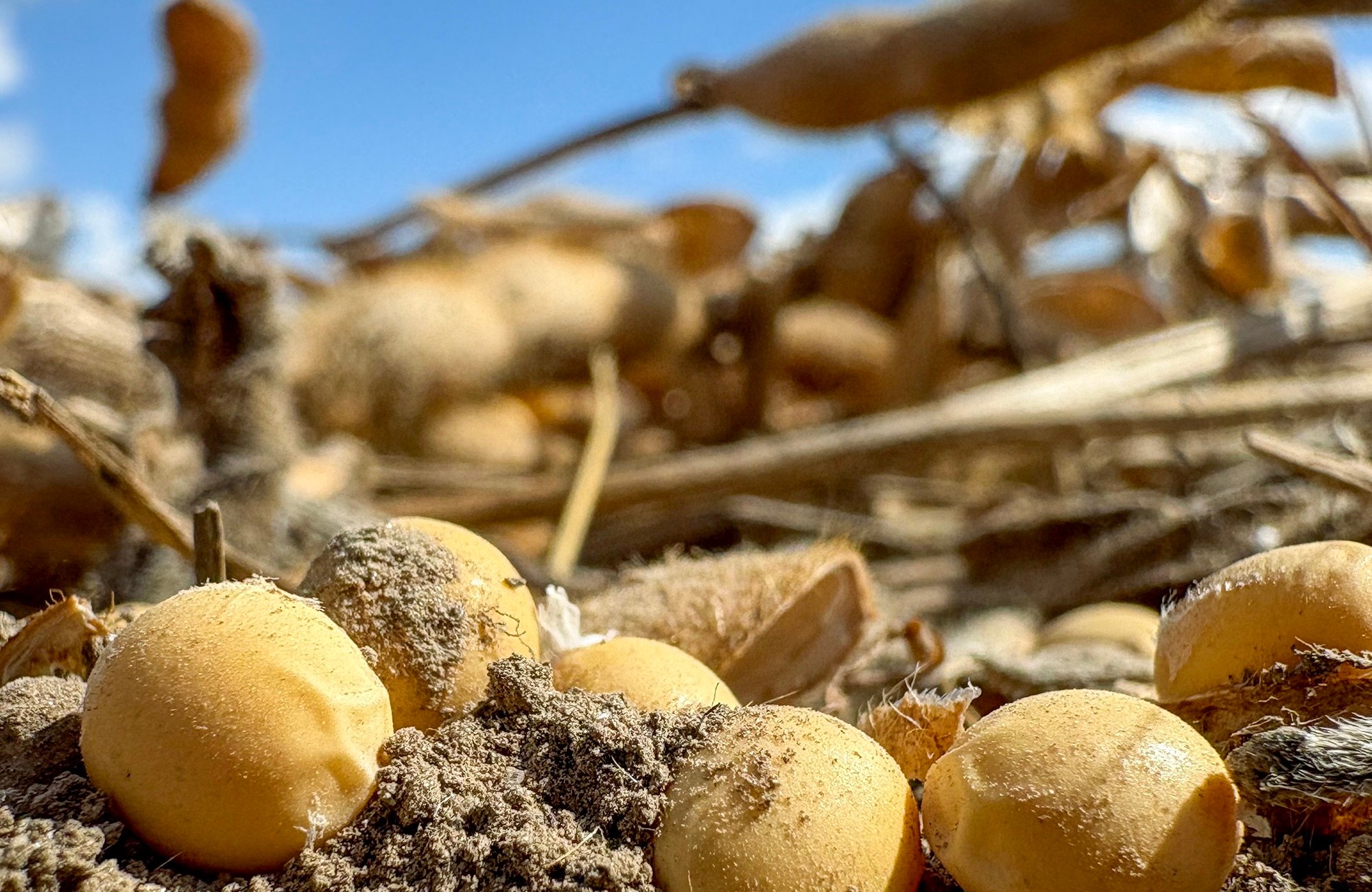
Handling grain with low moisture and high variability
Tips on how to limit yield loss this fall after a dry growing season.
The tour stopped at a farm where they planted a wheat field after harvest with tillage radish in the biostrips, and oats, peas and clover in the rest of the field. The difference is highly evident when you look across the field. They hope it will be an improvement when it comes to planting next spring.
They will run the strip till machine through the biostrips in the spring, adding fertilizer at the same time.
After corn, they, like many other farmers, have had to create strategies to manage increasing volumes and strength of stubble.
They use a Geringhoff head on their combine that chops the stubble. Then, they plant at an angle to the corn stalks when planting soybeans, usually with an air drill at seven inch rows.
Their largest issue with their minimal and no-till planting is slugs, which came up several times during the tour.
Up the road, just north of Arthur, Carl Brubacher, on the other hand, doesn’t have as many problems with slugs. He’s a hog farmer. His neighbour Stuart Wright, the new president of the Ontario Soil and Crop Improvement Association, a dairy farmer says he does. That prompted some discussion about manure and slugs, but the consensus is that there’s no definitive answer yet, although some research says hog manure is more likely to have an effect on soil insects.
Brubacher employs a completely different production system than most crop farmers, using a tillage tool called a Curse Buster, a rotating tine system that slices into the land and then fractures the soil beneath. He told the tour group that it helps keep the manure in the top few inches of the soil and provides some minor tillage.
Brubacher moved to a minimal tillage system dominated by the use of the Curse Buster, and double row planter to reduce tillage and equipment needed for the farm.
The field on the tour was an oat crop harvested this summer and was underseeded with single-cut red clover. It was tilled with the Curse Buster, but the clover continued to do well, along with some volunteer oats providing ground cover. The clover was broadcast ahead of the seeder used for the oats. Single-cut red clover was used because it is shorter than double-cut red clover and less likely to compete with the oats. Brubacher says his largest fear was the oats falling over and mingling with the clover, but that didn’t happen.
They’ll spray the field to kill the cover crop in late October and then plant corn there next year.
Peter Johnson, agronomist with Realagriculture, was also on the tour as a guest commentator and he says that single-cut red clover has to be terminated in the fall, as it is very aggressive in the spring and harder to kill then, compared to double-cut red clover.
There has been significant innovation in the ability to control residue managers ahead of disc openers on row units. Many planters now allow for control of residue managers from the cab.
Johnson says that the best residue managers are the ones that don’t need to do much work.
Lee Briese, an independent agronomist from North Dakota was also on the tour, and he said he sees too much use of residue managers. Putting too much pressure on them and having them dig in can actually mess with the ability of the row unit to put seed in the ground at the right depth.
There were some cases where he saw the residue managers push away dry soil and the seeds were planted into mud.
Soil aggregates as cities?

Lee Briese, a North Dakota independent agronomist held up an aggregate, soil particles bound together that are a sign of soil health and said, “This is Toronto.”
He said he understands that not everyone outside of Toronto likes the city, but he said it is a way to think about soil structure.
The outside of the aggregate can be thought of as the suburbs, with a different set of microbes compared to the microbes in the “downtown”.
“We still don’t know who all lives there,” he says meaning that there is a lot we have to learn about microbial action. Tillage, he says, is like a hurricane. When it goes through and breaks up soil aggregates, their houses have to be rebuilt.

